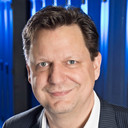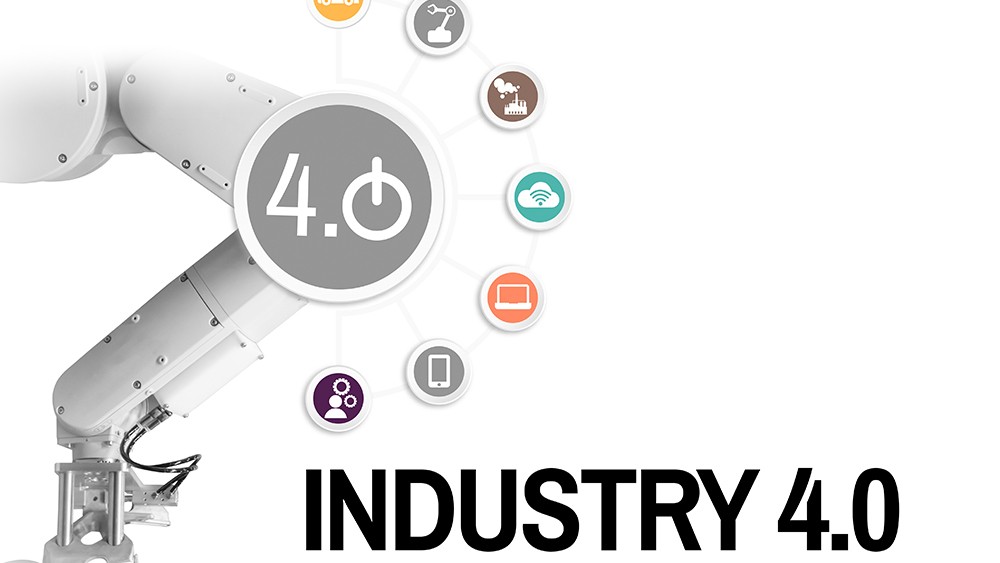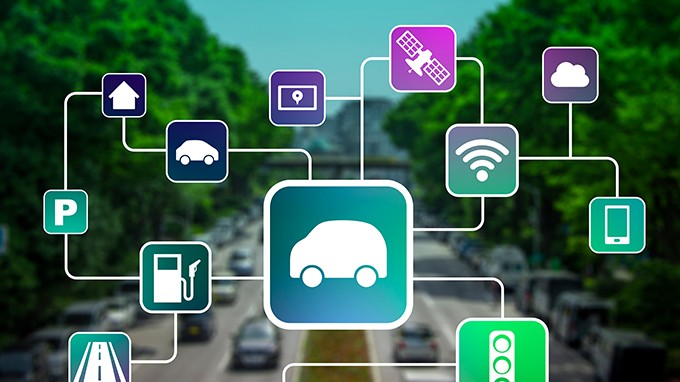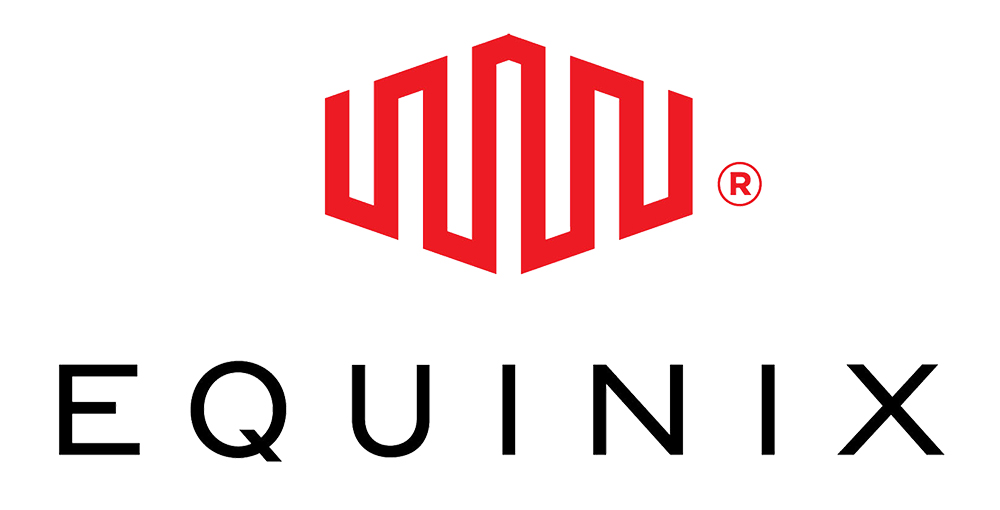Future Smart City – How the Internet of Things is Transforming Our Cities
Dietmar Kessler from Equinix explores services in the city of the future, and the digital infrastructure required as a foundation of the smart city concept.
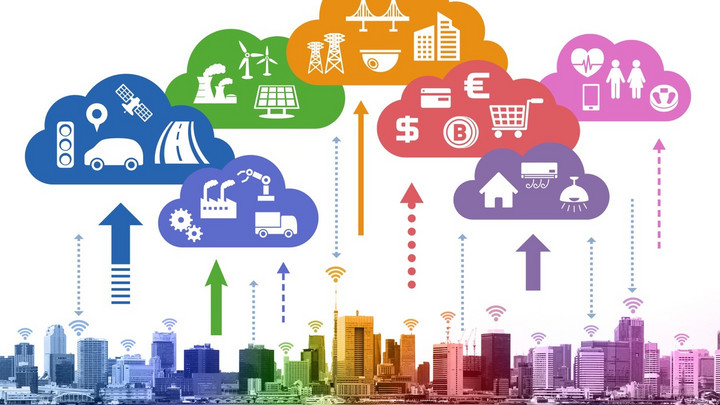
© metamorworks | istockphoto.com
The city of the future is more sustainable, cleaner, safer, and more intelligent than ever before. Fully interconnected cities – so-called “Smart Cities” – offer a wide range of solutions to present-day challenges such as climate change, growing traffic and pollution, or increasing urbanization. The Internet of Things, in particular, plays an essential role as it enables devices, programs, and users to connect and interact with each other: within smart cities, cars communicate with houses, houses communicate with digital devices, which in turn communicate with the city’s residents. To bring smart cities to life, many digital pioneers in Germany are already working on the foundation for this vision by developing digital infrastructures for Germany’s cities of tomorrow.
How and through which channels we communicate with others, e.g. through language, writing, or technologies like telegrams or telecommunications, has been subject to constant change in the past. But one thing is for certain: We can exchange information, thoughts, and ideas with each other faster and more easily than ever before. The onset of the digital age and the invention of the Internet account for some of the greatest milestones in the history of communication, including the transmission of information in real-time, where the increasing interaction between humans and machines plays a major role.
The Internet of Things connects everything with everyone
When it comes to future smart concepts and the world’s increasing interconnectedness, there is one word on everyone’s lips: the Internet of Things, or “IoT”. More generally speaking, the Internet of Things refers to everyday objects that communicate with people as well as with each other. Over the course of digitalization, the number of intelligent devices capable of communication has continued to grow. According to a recent study by Juniper Research, the number of devices connected to IoT will amount to more than 50 billion by 2022.[1] The Internet of Things is therefore oftentimes aptly referred to as the Internet of Everything. Future city concepts can no longer be imagined without IoT. Essential components in the application of IoT to the smart city concept are, on the one hand, sensors that collect data such as the current traffic volume and, on the other hand, digital platforms on which these data come together, are interlinked and analyzed.
The city of the future is fully interconnected
Let’s take a look at some examples: The regulation of road traffic, area-wide city lighting, and smooth waste management are three typical services and processes within the urban infrastructure. In all three cases, experts work in collaboration with regional policymakers to implement digital and IoT-based solutions that optimize the process to enable a smooth, environmentally-friendly, and secure process. Due to a growing number of inhabitants, questions larise on how to guarantee fast and efficient travel in cities. Central to this are intelligent traffic light systems that flexibly adjust the circuit frequency depending on the traffic volume and thus improve the flow of traffic. In some concepts, sensors in the road surface update traffic lights in real time by passing data about the current traffic situation to a central traffic management platform. Responding flexibly to traffic also means avoiding congestion and relieving overfilled parts of the road network quickly and in a timely manner.
Another problem everyone knows who regularly commutes in city traffic is the parking situation at peak times. Looking for a free parking space is not only annoying; it also causes traffic jams and actively contributes to air pollution. Intelligent parking guidance systems offer a solution to this problem. Sensors in the ground identify the vehicle leaving the parking area. After that, the sensors report to the driver where one can find a free parking space via a smartphone app. The public transport system can also benefit from that kind of data exchange. IoT sensors can help identify patterns by analyzing how and when commuters use public transport. Carriage rows and timetables can be adapted correspondingly to these patterns.
Even intelligent street lighting systems are an integral part of the city of the future. On the one hand, street lighting with sensors can save energy and use it sensibly by adjusting the brightness according to whether and how many pedestrians and road users pass through the area. At rush hours, the brightness can be increased when passersby get close to crosswalks or bus stops. Another useful aspect is a corresponding signal that is sent immediately to the city authority if traffic lights have to be replaced, which can allow the city to send a service provider for maintenance. In most advanced concepts, intelligent street lights are connected to the urban ambulance or the police. In the future, the sensors in street lights will be able to detect accidents immediately and send an emergency signal to rescuers. In Germany, smart lighting concepts are being tested in many cities, but in different ways. These include, for example, the pilot project SMIGHT – a cooperation between the city of Karlsruhe and the company SAP – or the project “Future Living Berlin”, a cooperation between Panasonic and Berlin.
Urban waste management is a third exemplary area of application. With a large number of residents, the organization of the removal of waste is becoming an immense challenge. Today, most urban businesses are still emptying litter bins in accordance with the model of inflexible and long-term schedules. With IoT applications and sensors on the containers, however, day-to-day and optimized routes can be set for emptying the containers. This allows the drivers to align with the given optimized routes in the morning.
Each component such as smart traffic lights, intelligent waste management, or innovations like self-driving cars or smart home systems come together as single pieces in the larger puzzle that makes up a smart city. In the future, the goal will not only be to advance the individual technologies, but to link them together in a meaningful way.
The digital foundation of the smart city concept
The interlinking between individual actors in smart cities takes place on neutral platforms, in so-called digital ecosystems. All actors of the ecosystem come together in highly developed data centers. This means that the city’s IT infrastructures – for example, the urban traffic system provider or the police emergency call center, as well as the IT infrastructures of external companies, such as those of an automobile manufacturer or a car park operator – come together to connect with each other in the same physical environment or via a cloud network. This is implemented using digital infrastructures consisting of network providers, data centers, and cloud providers.
Through this type of direct connectivity, which is called interconnection, digital ecosystem participants bypass the Internet and exchange data quickly, securely, and reliably with numerous backups and failover assurance. In the digital ecosystem, the data of each smart city actor is collected in the form of queries, analyzed in the data center, and sent back to the relevant smart device in response.
On the way to the city of the future
A fully functioning smart city, in which the central IT system independently manages both the coordination of processes within the city and their continuous improvement, has not yet been fully realized. However, many German cities are already looking for concepts and innovative solutions for the future. They all face the very same task and challenge of building a reliable and appropriate foundation: Digital infrastructures.
In the coming years, three key points will be essential. First, the nationwide expansion and the introduction of fiber-optic networks and the 5G standard; next, interlinking all relevant actors of the smart city on digital platforms in the data center, or mobile in the cloud; and finally, a mutual exchange of experiences between cities in Germany to gather best practices and work together on the smart city of tomorrow.
Although the smart city is still considered to be a future scenario, it will become a reality for future generations. How people travel around in future cities and how they live will change significantly as a result of increasing interconnectedness. Until then, countless digital experts will carry out the pioneering work to create the foundation for this vision and a suitable basis on which all the pieces of the puzzle can come together and form a coherent overall picture.
Resources:
[1] Juniper Research, 2018: https://www.juniperresearch.com/press/press-releases/iot-connections-to-grow-140-to-hit-50-billion
Dietmar Kessler is Equinix Marketing Director DACH & Italy based in Frankfurt. He joined Equinix when the company first entered the German market in 2007. Dietmar Kessler knows all about current industry trends and can provide insights on a multitude of IT developments across different industries from the perspective of a global interconnection and data center company.
Please note: The opinions expressed in Industry Insights published by dotmagazine are the author’s own and do not reflect the view of the publisher, eco – Association of the Internet Industry.

